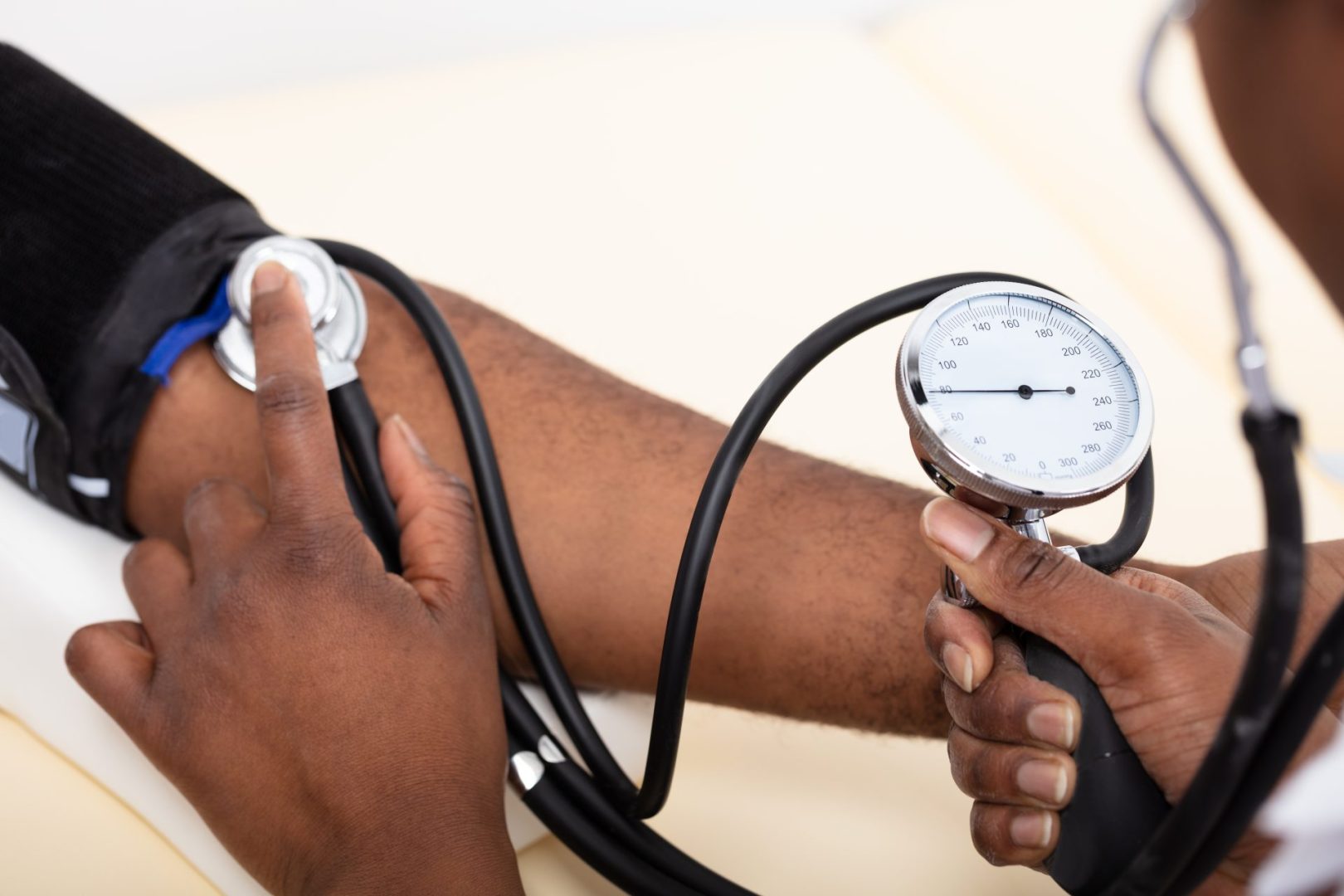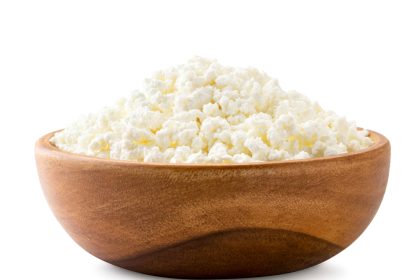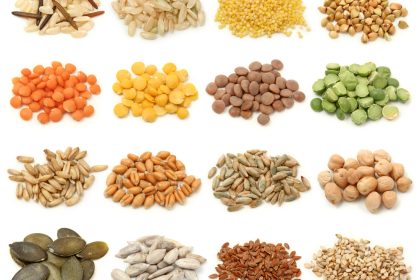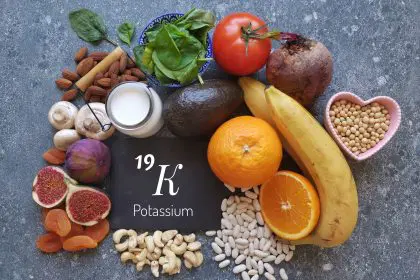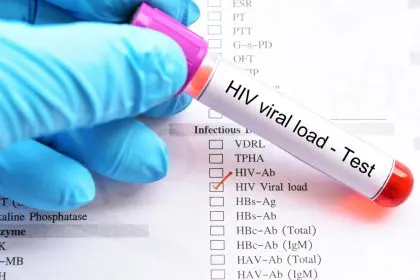Your blood pressure remains high despite your best efforts, and you’re not sure what to do next. This frustrating situation affects millions of Americans who struggle with hypertension that seems resistant to conventional approaches. Understanding why your blood pressure stays elevated and what specific actions might help can make a meaningful difference in your health outcomes.
Understanding persistent high blood pressure
When blood pressure readings consistently stay above 130/80 mmHg despite lifestyle changes or medication, medical professionals consider it difficult-to-control hypertension. Several factors can contribute to this condition, including genetics, age, underlying health conditions, and even medication interactions.
The body regulates blood pressure through a complex system involving the heart, blood vessels, kidneys, and various hormones. When one or more parts of this system don’t function properly, blood pressure can remain stubbornly high.
Before exploring additional strategies, it’s important to ensure you’re measuring your blood pressure correctly. Inaccurate readings may lead to unnecessary concern or inappropriate treatment adjustments. For accurate readings, remain seated quietly for five minutes before measurement, position your arm at heart level, avoid caffeine or exercise for 30 minutes prior, and use a properly calibrated monitor.
Evaluate your current medication regimen
The first strategy to address persistent high blood pressure involves a thorough review of your current medications. Blood pressure medications work differently for different people, and finding the right combination often requires adjustment.
Some people need multiple medications that work through different mechanisms to effectively control their blood pressure. Common classes include diuretics, ACE inhibitors, angiotensin II receptor blockers (ARBs), calcium channel blockers, and beta-blockers.
Additionally, certain over-the-counter medications can raise blood pressure, including nonsteroidal anti-inflammatory drugs (NSAIDs), decongestants, and some antidepressants. A comprehensive medication review may reveal unexpected interactions affecting your blood pressure.
Enhance your dietary approach
While you might already follow general dietary recommendations, specific nutritional strategies can help lower resistant high blood pressure.
The DASH (Dietary Approaches to Stop Hypertension) eating plan has demonstrated significant blood pressure-lowering effects. This approach emphasizes:
- Fruits and vegetables (8-10 servings daily)
- Whole grains (3 or more servings daily)
- Low-fat dairy products (2-3 servings daily)
- Lean proteins including fish and poultry
- Nuts, seeds, and legumes
- Limited red meat and sweets
- Reduced sodium intake (ideally less than 1,500 mg daily)
Sodium reduction deserves special attention. Even if you don’t add salt while cooking, processed foods, restaurant meals, bread, cheese, and canned goods often contain surprisingly high sodium levels. Reading nutrition labels and choosing fresh, unprocessed foods can substantially reduce your sodium intake.
Potassium-rich foods help counterbalance sodium’s effects and lower blood pressure. Bananas, sweet potatoes, spinach, avocados, and white beans all provide excellent sources of this essential mineral.
Prioritize stress management
Chronic stress contributes significantly to elevated blood pressure through the release of hormones that constrict blood vessels and increase heart rate. Effective stress management techniques include:
Regular meditation practice has demonstrated blood pressure-lowering effects comparable to some medications in certain studies. Even 10 minutes daily can produce measurable benefits.
Deep breathing exercises activate the parasympathetic nervous system, which helps counteract stress responses. Try breathing in slowly for 5 counts, holding for 2 counts, and exhaling for 7 counts, repeated for several minutes.
Progressive muscle relaxation involves tensing and then releasing different muscle groups sequentially from head to toe, promoting physical and mental relaxation.
Nature exposure through regular walks in natural settings can reduce stress hormones and lower blood pressure.
Optimize your physical activity
While general exercise recommendations suggest 150 minutes of moderate activity weekly, specific approaches to exercise can enhance blood pressure control.
Interval training, which alternates between periods of higher and lower intensity, may provide greater blood pressure benefits than steady-state exercise. A simple approach involves walking at a normal pace for 3 minutes, followed by 1 minute at a faster pace, repeated for 20-30 minutes.
Isometric exercises, which involve muscle contraction without movement, have shown promising results for lowering blood pressure. Hand grip exercises using a grip strengthener for 2 minutes at a time, with 1-minute rest periods between sets, can be performed multiple times daily.
Resistance training using light to moderate weights helps maintain muscle mass and improve vascular function. Focus on proper breathing during strength training, exhaling during exertion and inhaling during the release phase.
Morning exercise may provide greater blood pressure benefits than evening workouts for some people, potentially due to circadian rhythm effects on blood pressure regulation.
Improve sleep quality and duration
Poor sleep quality and sleep apnea strongly correlate with treatment-resistant hypertension. Adults should aim for 7-8 hours of quality sleep nightly.
Creating a consistent sleep schedule by going to bed and waking at the same times daily helps regulate your body’s internal clock and optimize blood pressure patterns.
Sleep environment improvements like room darkening, noise reduction, comfortable bedding, and maintaining a cool temperature (65-68°F) can enhance sleep quality.
Screen time reduction before bed helps prevent blue light exposure, which can disrupt melatonin production and sleep quality. Try avoiding screens for at least 30 minutes before bedtime.
Sleep apnea screening may be warranted if you experience loud snoring, gasping during sleep, morning headaches, or excessive daytime sleepiness, as treating this condition can significantly reduce blood pressure.
Consider additional natural approaches
Several evidence-based natural approaches may help lower resistant high blood pressure:
Coenzyme Q10 supplementation has shown modest blood pressure-lowering effects in some studies, particularly in people with deficiencies of this compound.
Dark chocolate containing at least 70% cocoa contains flavanols that may improve blood vessel function and modestly lower blood pressure when consumed in small amounts (about one ounce daily).
Garlic, particularly aged garlic extract, has demonstrated mild blood pressure-lowering properties in several studies.
Hibiscus tea consumed regularly (3 cups daily) has shown blood pressure-lowering effects in clinical trials.
Omega-3 fatty acids from fatty fish or supplements may help reduce inflammation and improve vascular function, contributing to better blood pressure control.
When to seek additional medical evaluation
If your blood pressure remains elevated despite implementing these strategies, additional medical evaluation may identify underlying causes.
Specialized testing might include ambulatory blood pressure monitoring (wearing a device that measures blood pressure throughout a 24-hour period), kidney function tests, hormone level assessment, or sleep studies to identify contributing factors.
Secondary hypertension, caused by identifiable underlying conditions like kidney disease, hormonal disorders, or vascular abnormalities, may require targeted treatment approaches to effectively control blood pressure.
Regular communication with healthcare providers remains essential for managing persistent high blood pressure effectively. Working together, you can develop a comprehensive approach that addresses your specific situation and helps bring your blood pressure under control.

